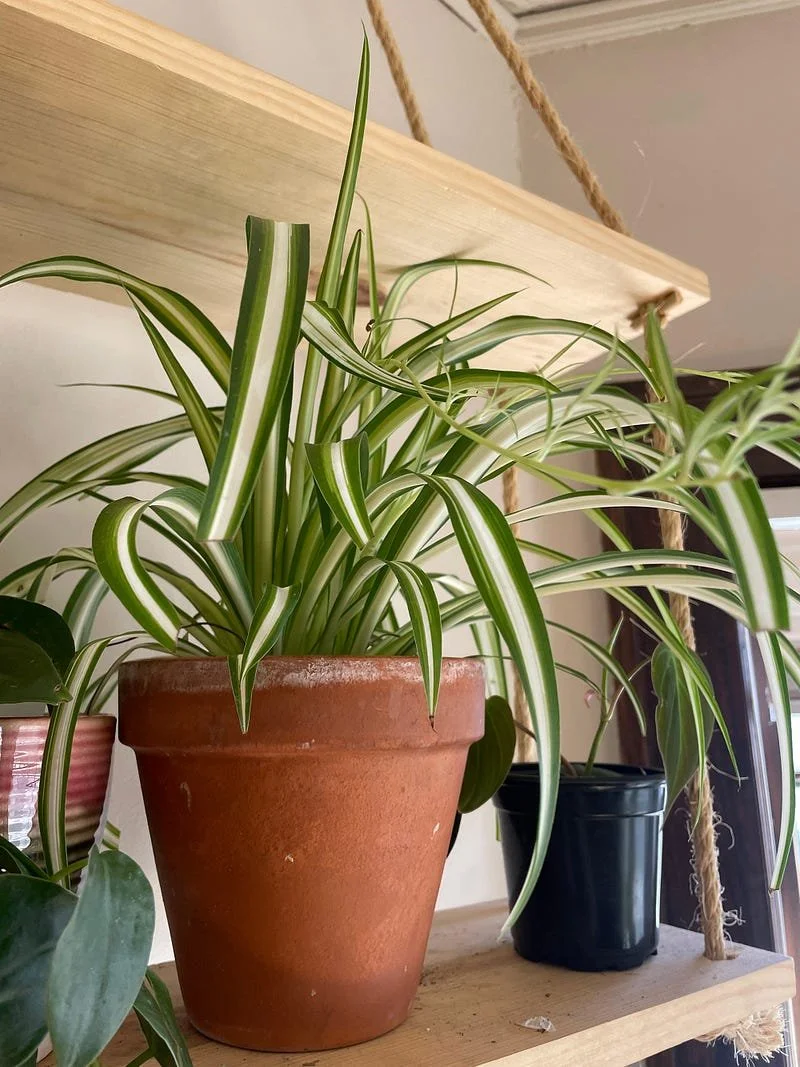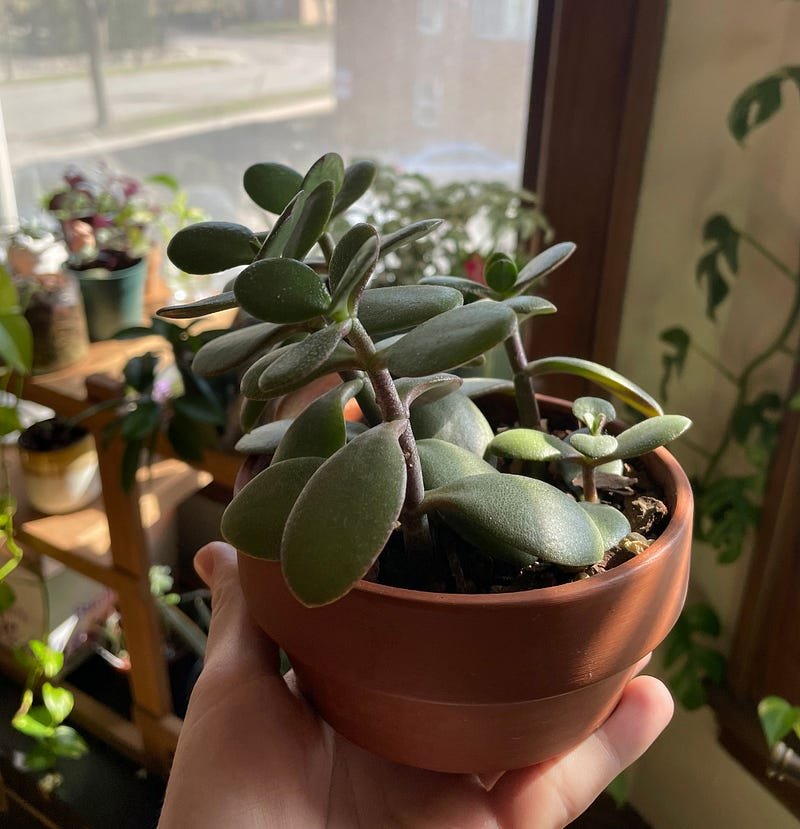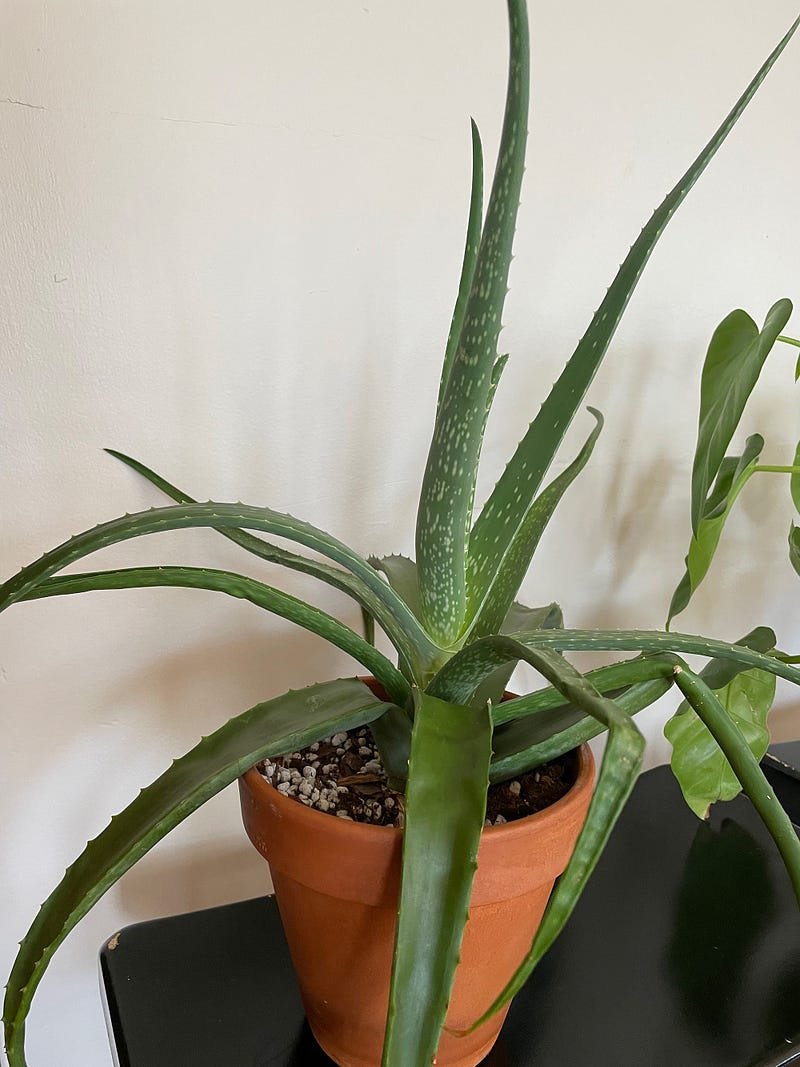Boost your mental and physical health at home by adding plants to your space
If you’ve wanted to get out of a seasonal depression rut, make your home a more pleasing space to relax in, or be more productive while working from home: you should consider getting some house plants to improve your mental and physical health.
A systematic review of 42 studies demonstrated that indoor plants positively affect participants’ natural body functions, particularly in terms of relaxing the human body and improving cognition due to the increased amount of available oxygen. In one study researchers asked the participants to re-pot a house plant or complete a short computer-based task; after the task was complete, the participants’ heart rate and blood pressure were measured, and then the groups swapped tasks. After completing the grounding act of plant care participants reported feeling comfortable and soothed, (and their blood pressure actually dropped). However, after completing the computer task, participants reported feeling uncomfortable and artificial, and their blood pressure even spiked.
Melinda Knuth from the Horticultural Science department at North Carolina State University shares that just “being around plants improves cortisol levels in our body…we hold our stress hormone, cortisol, in our saliva, and we know this is decreased when we’re around plants.” These scientifically proven benefits are more prominent with more plants, which is probably why Knuth has 50–60 plants of her own at home and 45 in her office.
That cortisol lowering/calming feeling plants give us is evolutionarily linked inside us. Our comfortability with nature is so deep-rooted that simply looking at pictures of plants has been shown to reduce cortisol levels. A 2012 study measured cortisol levels of patients in different waiting rooms: a room with real plants, a room with posters of plants, and one with no natural imagery at all. The researchers found that both real plants and posters of plants linked to lower levels of stress in the participants.
Plants are also beneficial for improving your mental health; there’s a reason house plant sales have surged since the pandemic started in 2020. Taking care of living things makes us feel helpful, proud, and grounded. Watching a plant grow a new leaf, watching a propagation grow roots; these simple predictable acts of life can provide us bits of stability and positive endorphins, all from the comfort of our own homes!
Regularly engaging with the roots of plants will naturally increase your respect for living things everywhere. Plants take care of us, and we must return that favor by taking care of them. Rejuvenating that childlike love of dirt is one of the best ways to reconnect with nature and balance out our technology-heavy lives, (as proven by the crossover plant potting/computer activity study).
Some of you are probably considering some feelings of self doubt, with thoughts like “I don’t have a green thumb”, “I’ve killed all the house plants I’ve ever owned”, or “I don’t even know where to start”. But I promise you, it’s easier than you think. Start with 1–3 plants and grow your collection from there, and make sure to read these next three common plant care mistakes to set yourself up for success:
Three common house plant care mistakes
Don’t over water
Ways to avoid this:
Research how much water/humidity this plant typically needs
Only use pots with drainage holes
Place your plant in a bowl of water so the roots of the plant only take up as much water as they need
Stick your finger 2 inches in the soil and if it is completely dry, you can water (this advice goes for most but not all plants)
Use soil mixtures that help retain and drain water; include things like perlite, rocks, bark, and LECA (Lightweight Expanded Clay Aggregate — a collection of baked clay pebbles that expand when you soak them in water) into your store-bought soil.
2. Not knowing how much light different parts of your house receive
Do you have direct sunlight in one corner that lasts throughout the day? You could put an aloe plant, succulent, or a mint plant in that corner and they’ll thrive, but if you put a spider plant there it would likely crisp up and get sunburnt.
Do you live somewhere with almost zero natural light? Snake plants, spider plants, and pothos can survive lower light conditions. If you don’t receive much natural light at all, you can always purchase a grow light to supplement.
3. Not looking for pests
There are many kinds of pests that could be killing your house plants:
Spider mites, soil mites, thrips, mealy bugs, fungus gnats, aphids, and more. Check your plants regularly for any new creatures, spider-like webbing, or destruction of leaves. Best practice: inspect the plants you buy at the store before bringing them home. Spray with Neem oil preventatively and give your plants a shower regularly.
Low maintenance house plants for beginners
Full disclosure: I have killed a snake plant before, one of the “easiest” to keep alive. It’s okay, no one is perfect. But here are a few beginner-friendly plants to look for when starting your plant-parent journey!
My snake plant (also known as Mother-in-Law’s Tongue)
Snake plant: Medium to bright indirect light. Water 1–2 times a month; let soil dry all the way through before watering. One of the best air purifiers, getting rid of formaldehyde (which is released from industrial emissions, incineration, and fuel combustion) and benzene (which comes from indoor products like glues, paints, and detergents).
*If you live by hazardous waste sites or gas stations, the air surrounding those facilities contain higher levels of benzene than in other areas.
My spider plant getting medium indirect sunlight ❤
Spider plant: Medium indirect light. Water when the top layer of soil is completely dry. Easy to propagate with abundant “spider babies” to grow your plant collection for cheap. Great air purifier and safe for pets.
My roommate’s jade plant!
Jade plant: Place in bright indirect/direct light. Water no more than once every two weeks; let the soil completely dry before watering again.
My roommate’s aloe plant that recently recovered from having spider mites!
Aloe plant: Loves bright direct light. Water when soil is dry, no more than once a week. Great air purifier during the night.
Where to purchase house plants
With house plants trending like never before, there are a plethora of places you can buy them. For the most likely path to success, avoid big multi-purpose stores like Home Depot and Trader Joes for your plants; plants are not their priority so they won’t be in the best condition.
Google local small plant stores in your area
If you’re going to go to a big store, pick a place that is known for plants specifically, like Bachmann’s.
Search for plants on Facebook marketplace
Join a plant community on Facebook or Reddit to learn about plant tips, learn about deals at specific stores, and to buy plants off of other plant parents
Join a “buy nothing” group on Facebook; when people move to other cities they tend to give away plants for free!
Farmers markets
Two years ago I had only five house plants, and now I have more than 30. I feel happy and grounded as I take care of my plants each day and watch my propagations grow roots. I genuinely feel happier having so much greenery in my home, especially during the snowy, grey winters in Minnesota.
Good luck to all of the future plant parents out there!



